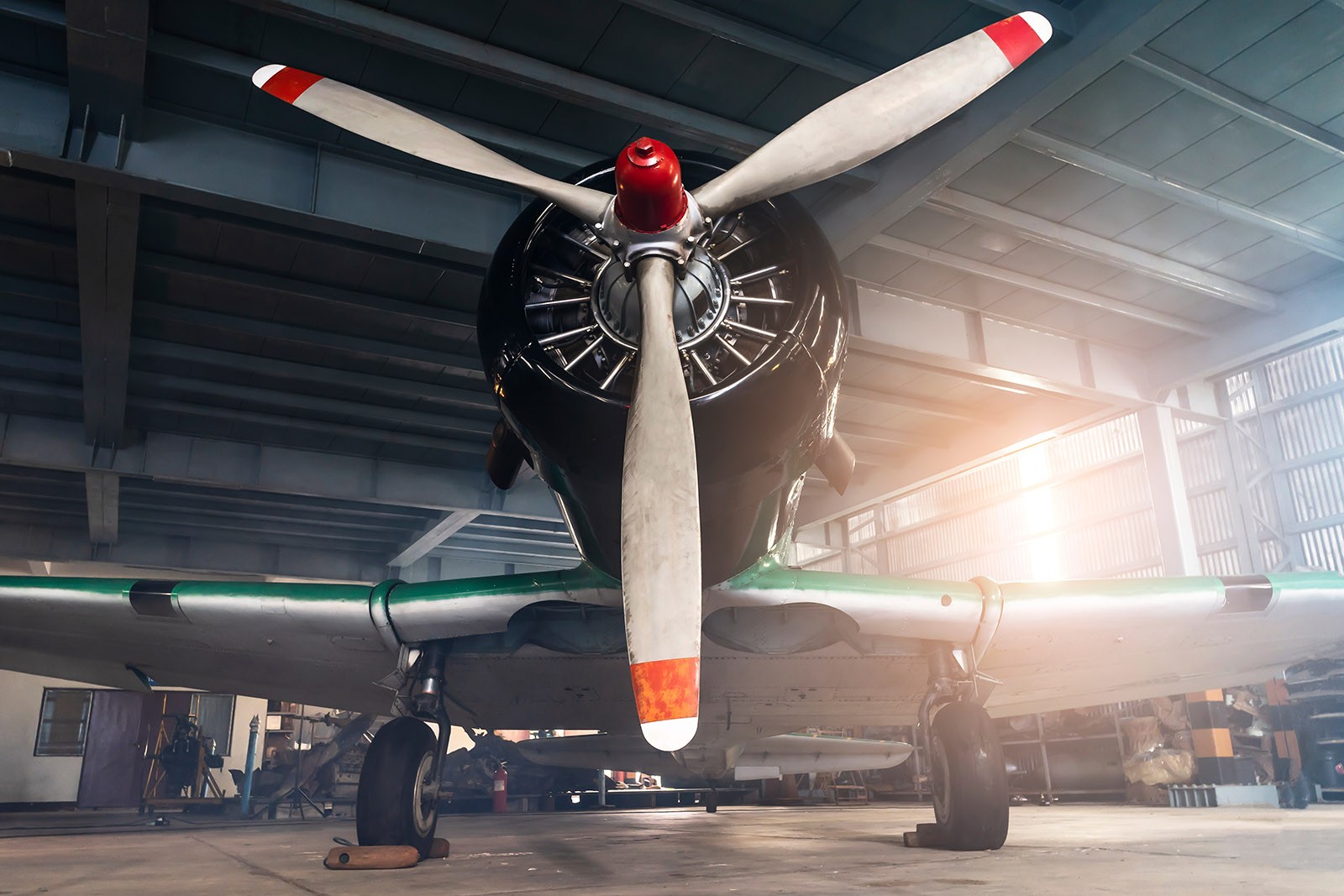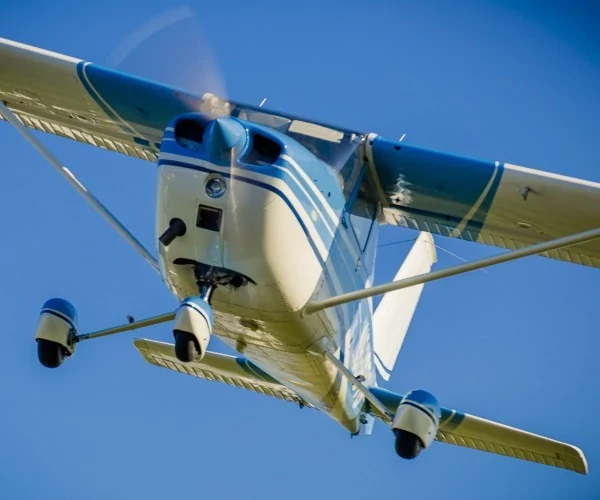The practice of hand-propping is one of the most hotly contested topics in the world of aviation, with frequent discussions taking place on every platform from in-person chatter to online forums.
Many aviation enthusiasts simply say to avoid hand-propping if you can, but it is in many cases the only way to start certain aircraft and is thus a practice that’s been used widely for decades.
Here’s a closer look at hand-propping and some tips to safely hand-prop your own aircraft. It’s important to note that no article alone will teach you to do this safely; you must receive proper instruction from a competent instructor before attempting hand-propping.
Hand-propping 101
Regardless of where you stand on the debate, every pilot should still be familiar with the hand-propping, which is the practice of starting an engine by turning the propeller by hand.
All aircraft manufactured today are equipped with electric starters. Some older, vintage aircraft may not have an engine-driven electrical system and thus, no electric starter.
It’s important to know if your engine has just one impulse coupling (primarily on the left side), two impulse couplings, or none at all. Pulling through an engine with an impulse coupling produces an audible “click” every time. If you have one impulse, you should start the engine on the left mag only and then switch to both after it is running. This will avoid kick-backs during starting. Some older vintage Bendix magnetos have no impulse. These can be a challenge sometimes, particularly when the engine is hot.
Hand-propping safety tips
There are many different techniques used for hand-propping, such as standing in front of the prop, standing behind the prop, kicking your leg, etc. This is one of the reasons it’s such a popular debate topic. There are, of course, significant hazards involved anytime you’re touching your plane’s propeller. Because of this, hand-propping should be approached with caution.
Hand-propping safety precautions:
- If possible, two people familiar with the aircraft and with hand-propping techniques should be involved in the process. If you are solo, then the aircraft must be tied down to something solid with the wheels chocked.
- The person touching the propeller blades should direct all activity.
- The other person should be seated in the airplane with the brakes set. This person must be familiar with the plane’s controls.
- The ground surface near the propeller should be stable and free of loose gravel, wet grass, mud, oil, ice, snow, and debris.
- Your clothing should be free of scarves, loose sleeves, or anything else that could get caught on the propeller.
- Ensure the fuel system is turned on and the throttle is set for a normal start.
- The ignition magneto switch should be checked and confirmed to be in the off position. There is an extra precaution you should take with this step. Ignition switches only ground out the magnetos. If one or more of the wires are broken, the switch is corroded, or a ground wire is compromised in any way, the engine could be ready to fire even with the switch off.
- The person doing the hand-propping should face the descending blade squarely and should stand slightly less than an arm’s length away from the blade. If this person is too far away, they will likely be unbalanced and awkwardly positioned during hand-propping.
- This has been said many times, but it’s true: always treat the propeller as if it’s hot. Anytime you turn the propeller, expect that the engine could start. Never pull an engine through in a hangar or without chocks or just to reposition it to get the towbar attached. If you must move the prop in these conditions, turn it backwards so you will not trip the impulse coupling.
Once all proper safety precautions have been taken, you’re ready to start your Airplane.
- The person at the propeller calls out the commands, “Gas on. Switch off. Throttle closed. Brakes set.”
- The person in the cockpit makes sure the fuel is on, the fuel is on, the magneto switch is off, the throttle is closed, and the brakes are set. Once all are confirmed, the person in the cockpit repeats, “Gas on. Switch off. Throttle closed. Brakes set.”
- The person by the propeller pulls the propeller through to prime the engine and says, “Brakes and contact.”
- The person in the cockpit confirms the brakes are set and turns on the ignition to the appropriate magneto, then repeats back, “Brakes and contact.”
- The person by the propeller swings the propeller by forcing the blade downward rapidly while being sure not to wrap his or her fingers around the blade. If the propeller kicks back in the opposite direction, it can cause sharp pain in the fingers if they’re wrapped around the propeller.
- If the engine doesn’t start, do not reposition the propeller for another attempt until you are certain the magneto switch is off.
- When the engine starts, remove the wheel chocks (if used) safely and carefully. Set the throttle to idle and approach the chocks from the rear of the propeller – never from the front or from the side.
You are now ready for takeoff!
Get in the air and stay there with Nicrocraft
Nicrocraft provides flight schools, FBOs, distributors, and aircraft owners with the highest-quality and most durable aircraft exhaust parts in the industry, simply designed to perform better for longer. We are a leading FAA-certified supplier of exhaust parts for Cessna, Cirrus, Piper, Beechcraft, and more.
Contact us or request a quote today for the best way off the ground with the only aircraft exhaust parts built to take the heat.



